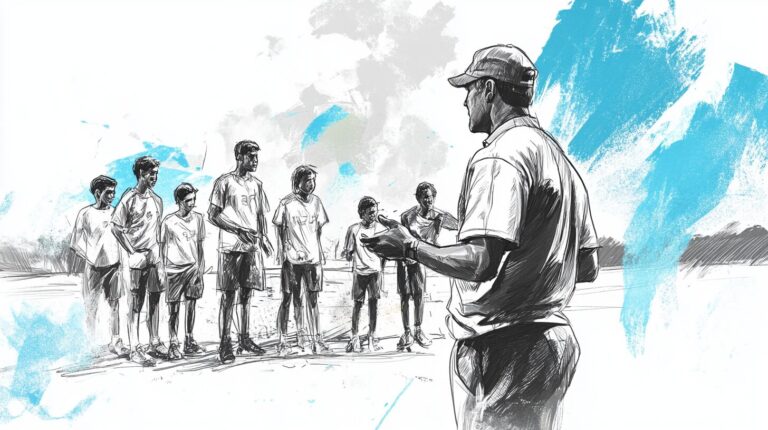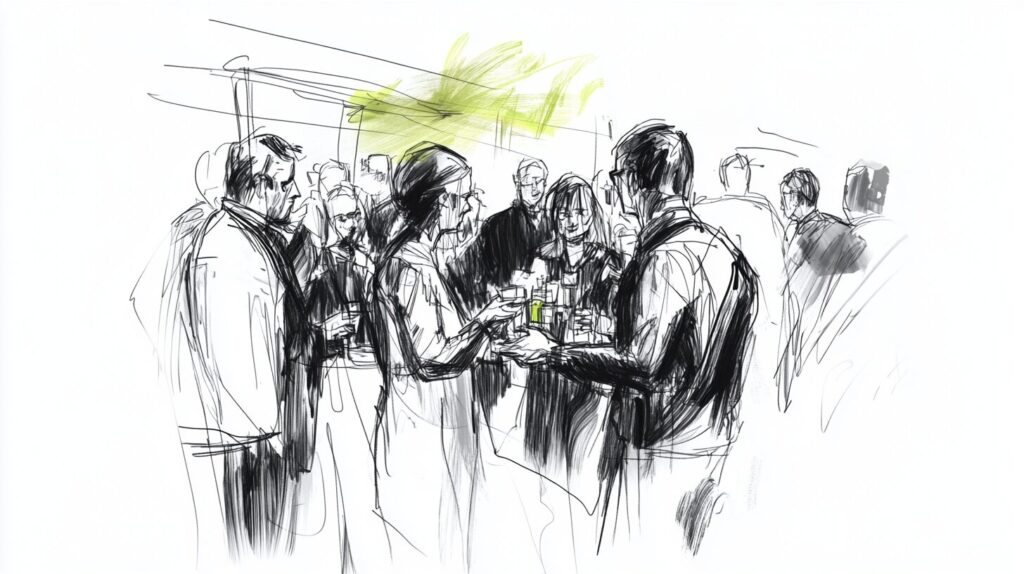Yesterday, I spoke with the president of the One Family Athletic Foundation–a nonprofit working in the youth sports and child development space. Their mission? To build self-aware, high-integrity young adults through athletic coaching, clinics, and mentorship. They prioritize identity and character over trophies and scoreboards.
But like many mission-driven organizations, they’re up against a cultural headwind.
The current model of youth sports in the U.S.? It’s all gas, no brakes. Pushing kids into hyper-competitive environments. Physical development prioritized over emotional development. Workouts that resemble vocational training for a job most of them won’t have. The result? Injuries, burnout, and kids who know how to run drills—but not how to think critically or value themselves beyond the final score.
And like so many non-profits, they’re building a movement with heart and hustle—but constantly wrestling with the same challenge: “How do we grow if I’m stuck spending all my time fundraising?”
It’s a familiar story. Whether you’re a nonprofit founder or a solo creator trying to turn your vision into a viable business, this tension shows up again and again:
You’re not short on passion.
You’re short on time, funding, and the leverage to make an impact.
But here’s the thing: This isn’t just a fundraising problem. It’s a strategy problem.
What Strategy Actually Is
Most people, assuming they think about strategy at all, often conflate strategy with tactics.
Strategy is why you’re doing what you’re doing and where you’re going. Tactics are how you get there. Strategy is a compass–not a map.
Without strategy, you’re playing someone else’s game, reacting instead of leading.
Strategy helps you:
- Focus your time, energy, and resources.
- Say “no” to distractions that don’t serve your goals.
- Design a system that compounds your impact over time.
- Build something resilient and meaningful.
Put simply: Strategy is what makes the hard work matter.
Without it, every campaign feels like a new invention. Every “ask” is a heavy lift. Every email a shot in the dark.
Why People Give
We like to believe people give to causes because they care about the issue. But that’s only part of the story.
The real fuel driving behavior? Affiliation and status.
People give because:
- People like us do things like this
- It makes them feel like the person they want to be
- It signals something to their peers and their community
That’s why people sponsor buildings at famous colleges. Or donate to save sea turtles, starving children, or coral reefs–because just as much as they believe and care about these causes, they also want to be seen as people who believe and care about these causes.
You can resist this reality. Or you can use it to your advantage.
Because the trees and the whales don’t care how you feel about what it takes to move the needle. They just need us humans to change our behavior, and fund the work.
And that means we have to speak to the truth behind why people say “yes” in the first place.
The Potato and the Power of Framing
In the 1700s, Europeans thought potatoes were linked to leprosy. A French pharmacist planted a field of potatoes outside Paris—and hired guards to protect it during the day. At night? He sent them home.
People started stealing the potatoes, assuming they must be valuable. The potato became fashionable—because it was seen as exclusive and desirable.
That’s strategy.
He didn’t beg people to care. He created the conditions that made them want to care.
Could you do the same?
- What if your nonprofit’s programming wasn’t just something good for kids—but a symbol of leadership for the people who supported it?
- What if your podcast wasn’t just audio—but a membership badge for curious minds?
- What if your work became a mirror people wanted to see themselves in?
Don’t just sell a cause. Sell what it says about the person who supports it.
Strategy Is the Leverage You’re Missing
You don’t need another gala. Or another frantic quarter chasing grants.
You need clarity.
- Who is your ideal supporter? Ideal donor?
- What signals will they respond to?
- What scaffolding do they need in order to say yes—and to feel comfortable bringing others with them?
Don’t build your next fundraising campaign before answering those.
Because strategy isn’t a luxury. It’s the leverage.
Find Your Compass
The work of building towards better—through coral restoration, youth mentorship, art, or entrepreneurship—is hard. But it gets exponentially harder when we skip the strategic thinking that makes that work sustainable.
So before you chase more tactics, take the time to zoom out and remember:
People don’t give because of “the facts.”
They give because the act says something about them–to themselves, and to the people around them.
Your audience—donors, listeners, clients—they aren’t sitting around just waiting for something “good” to support.
They’re looking for a story to belong to.
Make sure your work invites them into a story worth sharing.
If you enjoyed this post, please consider sharing it with someone else–the buttons below can help.
Thank you!




